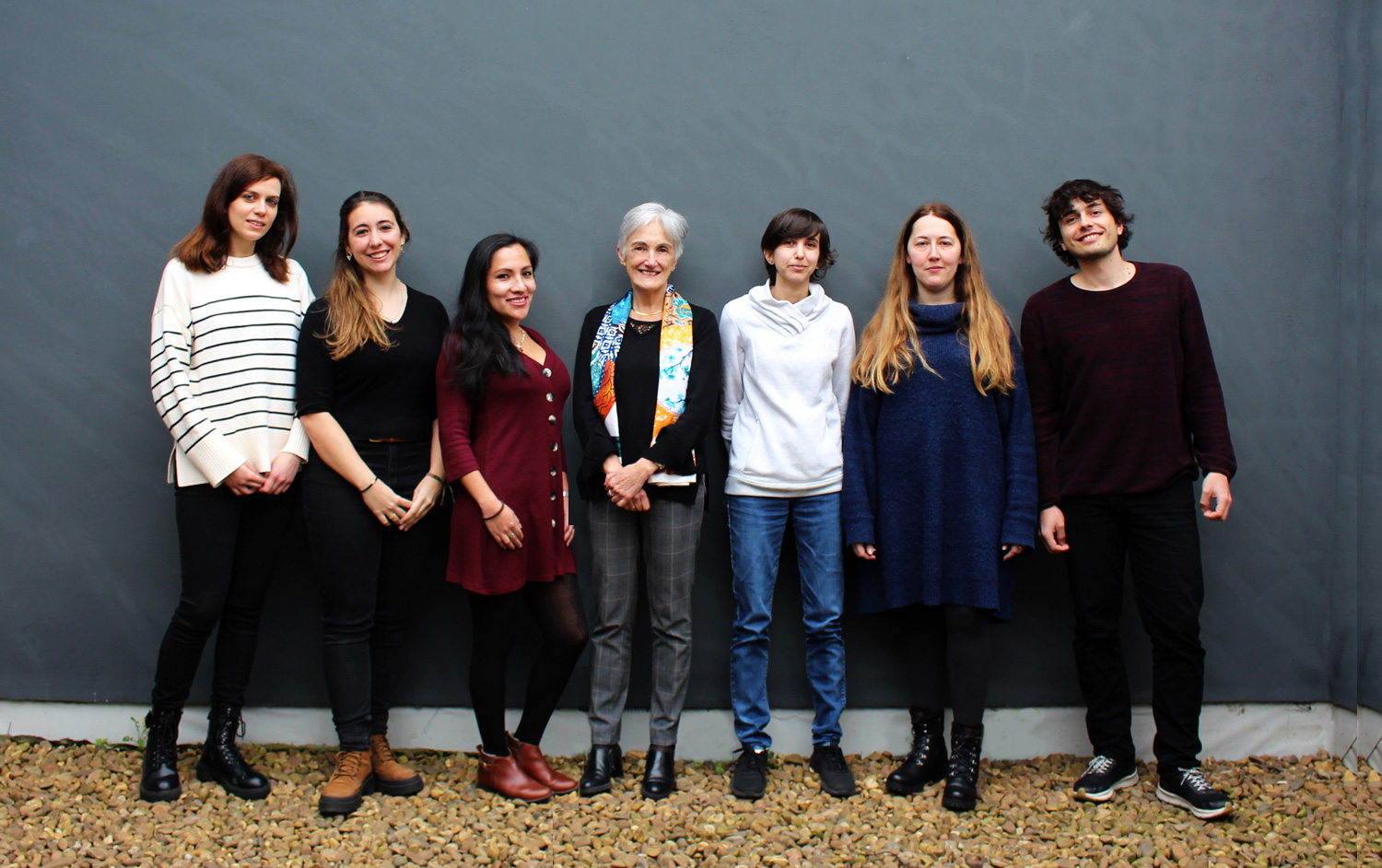Irene Mate Plaza graduated with a degree in Biological Sciences specializing in Zoology at the Complutense University of Madrid in 2014. After finishing her university studies, she specialized in Quality and ISO standards and worked as a Quality and Continuous Improvement Manager in the food industry.
Since 2021, she has been working as a Technical Specialist at CSIC in IBBTEC where she is responsible for Transgenesis and Gas Monitoring Services as well as biosafety functions as a preventive resource of the institute. Additionally, since 2022 she has been pursuing her part-time PhD in Molecular Biology and Biomedicine in the laboratory of Gene Expression Regulation during Development with Dr. Marian Ros.
Regulation of Gene Expression during Development

Research lines
A fundamental question in biology is how tissues and organs are built or repaired. Progress in this area is relevant not only for understanding morphogenesis in animal development, but also for potential applications in the fields of tissue engineering and regenerative medicine. During embryonic development, a major challenge is to understand how the formation of a particular structure is genetically and molecularly controlled. This approach also needs to consider that individual cells interact with each other and that the final morphology and function of an organ ultimately result from the coordinated integration of many individual cell events. Using the developing limb as model system, the Ros’ lab has contributed to the molecular characterization of the limb signaling centers and to the understanding of the function of key transcription factors such as the Hox and Hand2 proteins. The group also has made important contributions towards elucidating the mechanisms underlying digit patterning, how the number and identity of the digits is established and controlled during limb development. Our study of the extreme polydactyly phenotypes observed in Gli3;5’Hox compound mutants provided support for a self-organizing Turing-type mechanism underlying digit patterning. Through mouse genetics, and more recently using functional genomic technologies, we have generated and characterized murine models of human congenital malformations to identify the underlying molecular, cellular, and developmental mechanisms. In particular, the implementation of CRISPR/Cas9 genome editing in mice through the electroporation of zygotes has permitted the analysis of the functional contribution of regulatory genomic regions in a very efficient manner. The Ros’ group has contributed more than 90 original papers, several of them in international prestigious journals including Cell, Nature, and Science. The major topics currently under investigation in the lab are:
- the role of Lmx1b regulation in dorso-ventral limb patterning and its implication in morphogenesis, evolution and disease (the Nail Patella syndrome).
- the regeneration of the digit tip and the influence of dorso-ventral polarity.
- the functional role of Sp6 and Sp8 transcription factors in limb development, their implication in the Split Hand/Foot Malformation, and their interaction with Dlx transcription factors.
Funding
Spanish Government. Ministry of Science and Innovation
